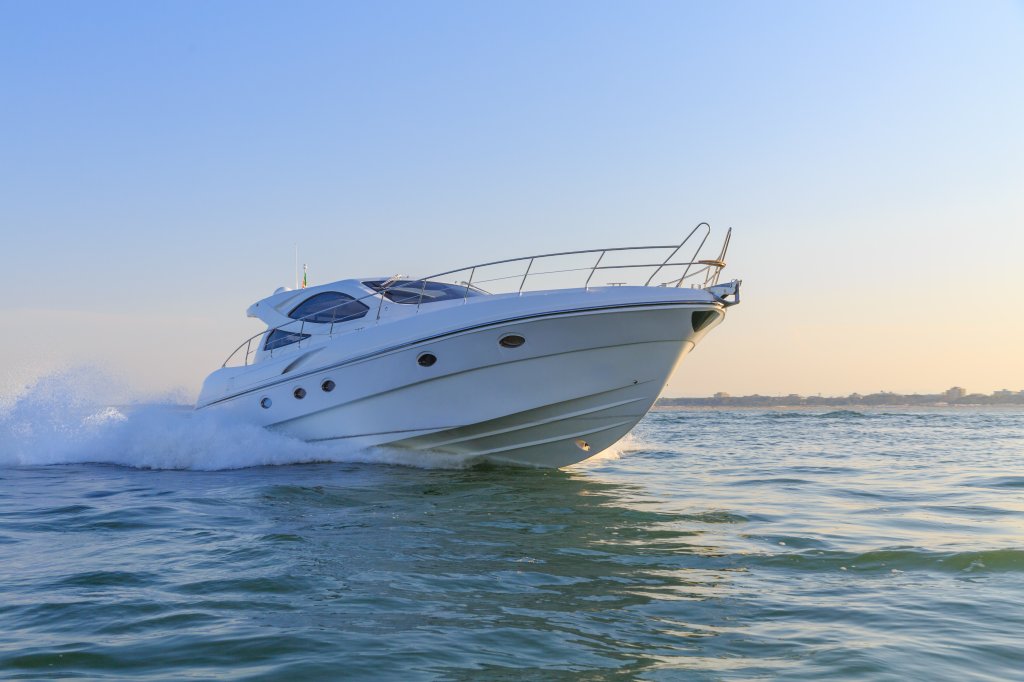What Plastic Materials Are Used in Manufacturing Boats?
In the boat manufacturing industry, plastics are one of the most commonly used materials. Their ability to withstand damage from water and inability to rust, combined with their lightweight nature, makes them a perfect option for watercrafts of all types. At Piedmont Plastics, we can help boat manufacturers find the ideal plastics for all applications.
Common Types of Plastics Used in Boat Manufacturing
There are a number of plastics and thermoplastics you can choose from when manufacturing boats and boating parts, but these are some of the more popular choices:
- HDPE – High-Density Polyethylene works extremely well for marine applications due to its resistance to damage from the elements. Special Anti-Skip HDPE resists getting slippery when wet, making it a good choice for flooring. For non-flooring applications, like hatches and doors, the King StarBoard HDPE works quite well.
- Marine Grade PVC Foam Sheet – Marine Grade PVC Foam is a lightweight material popular with marine applications because of its ability to withstand rotting and other damage from water. This commonly shows up in marine upholstery and coring applications.
- Marine-Grade Acrylic – Marine-grade acrylic sheets are resistant to abrasion and damage from the sun. This makes it a popular choice for creating the outer shell of the boat and its hull.
- Marine-Grade Polycarbonate Sheet – Marine-grade polycarbonate can have crystal clear optical clarity while also resisting abrasions and scratches. It also limits the risk of yellowing, making it ideal for windows and windshields. In addition, it can easily be molded into a curved shape for canopies and curved windshields.
There are other plastics for use in marine applications as well. A key to look for is the term marine grade. When a plastic product carries a marine-grade label, it is rated for use in watercraft.
What Is Marine-Grade Plastic?
Marine-grade plastics are known for their specific properties that make them resistant to the damage wood and metal experience with prolonged exposure to the elements and the water, including seawater. These plastics resist odor and mildew. They also resist fading and weakening from UV light exposure and have impact-resistant properties. Marine plastics are specifically treated for spending significant time in and on the water, including the unique challenges of salt water.
Various parts of the boat are made of marine-grade plastic, including hatches, cup holders, fishing tackle storage, and even upholstery substrate!
Why Is Plastic Best for Boats?
Plastics make the ideal material for a boat’s construction for several reasons. If you choose marine-grade plastic, you will get some of the best performance in the boating industry. Here are some specific reasons that plastics work well for boats.
1. Safe When Wet
Materials used in boats are going to get wet. So for the safety of the people on the boat, you need to choose materials that do not get too slippery when they get wet, especially for steps and flooring. Many plastics feature anti-skid technology that helps with this, giving you a safer watercraft.
2. Extreme Strength
Many plastics used in creating boats are known for their incredible strength. As a result, if they slam into a rock or debris in the water, they are not very likely to get punctured. This makes it possible to navigate challenging waters without the risk of a compromised hull while on the water.
3. Weather-Safe Material
Watercraft not only have to be safe when exposed to the water, but they also have to stay safe when exposed to the sun exposure, including UV rays, which can damage and warp many materials. Many modern marine-grade plastics have high resistance to the elements, especially when compared to metals, which means they will hold their shape and color for a long time. For transparent plastics used in windows and windshields, the weather-safe nature of the material helps it resist yellowing and scratching from the elements, giving clear visibility for the people on the boat.
4. Lightweight Material
Finally, when compared to many metals, plastic tends to be lighter in weight. This allows the vessels to float more easily on the water. Of course, weight varies from one plastic to the next, but in general, plastic is a lightweight manufacturing material. It also has a high strength-to-density ratio, so you get a lightweight and strong material.
5. Resistant to Water Damage
Finally, these plastics resist all types of water damage. This includes warping, rotting, mildew, mold, and weathering. It also does not easily attract marine growth.
If you are in the market for plastic materials for marine applications, Piedmont Plastics has a wide range of products to consider. Let our plastic experts help you find the one that fits your specific application needs.
Contact Your Local Piedmont Plastics Marine Expert
With numerous locations throughout North America, we encourage you to reach out to your local Piedmont Plastics branch for more information about our marine grade plastic products. Our team of marine specialists are fully trained to assist you with sourcing the right materials for your application. With decades of experince working with marine boat builders and manufactuerrs, we're confident in our ability to provide solutions for your next project.
